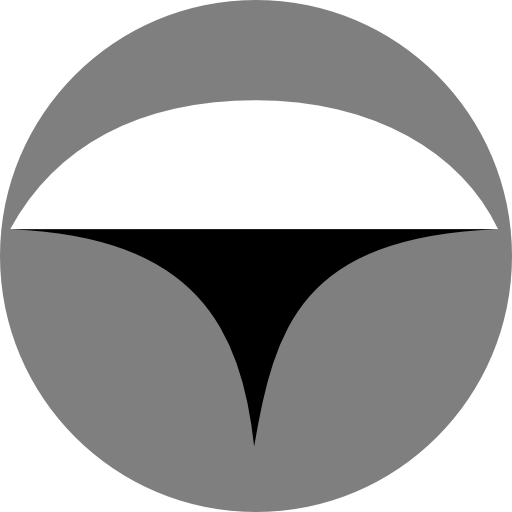
Posture
Release
Imagery
Release
Imagery
Function follows form in anything living. How an animal, for instance, is shaped determines how it functions. That is obvious. I also think that how it is shaped helps determine how it “feels.” Animals that are generally more aggressive have different basic tonal patterns (whether they are large or small) than animals that are more oriented toward flight or running away from aggression. My purpose in this post is not to argue that point but to suggest that you try to imagine that you actually are different animals. If you use the general rules for imagining that I have described on my imagery pages you will find that animals do, in fact, have very different tonal patterns… and imagining being one sort may be very enjoyable and being another may not.
Imagining (remember, not imitating) being a giraffe will give you a very different experience of your body than being a bison, for instance. Time should be spent trying to imagine some of the smaller features on these animals, not just the general shape. By looking at pictures of mammals, for instance,
you can imagine the specific shape of a giraffe’s head, lips, nostrils, etc. or a buffalo’s head and shoulders and hind quarters.
A variety of animals I suggest to explore would include: fox, squirrel, buffalo, giraffe, lion, horse, cat, dog (of different varieties), sheep, goat, pig, and more. Birds can also be interesting to “be.” You may very well discover your enjoyable and posturally liberating “opposite” in the animal world.